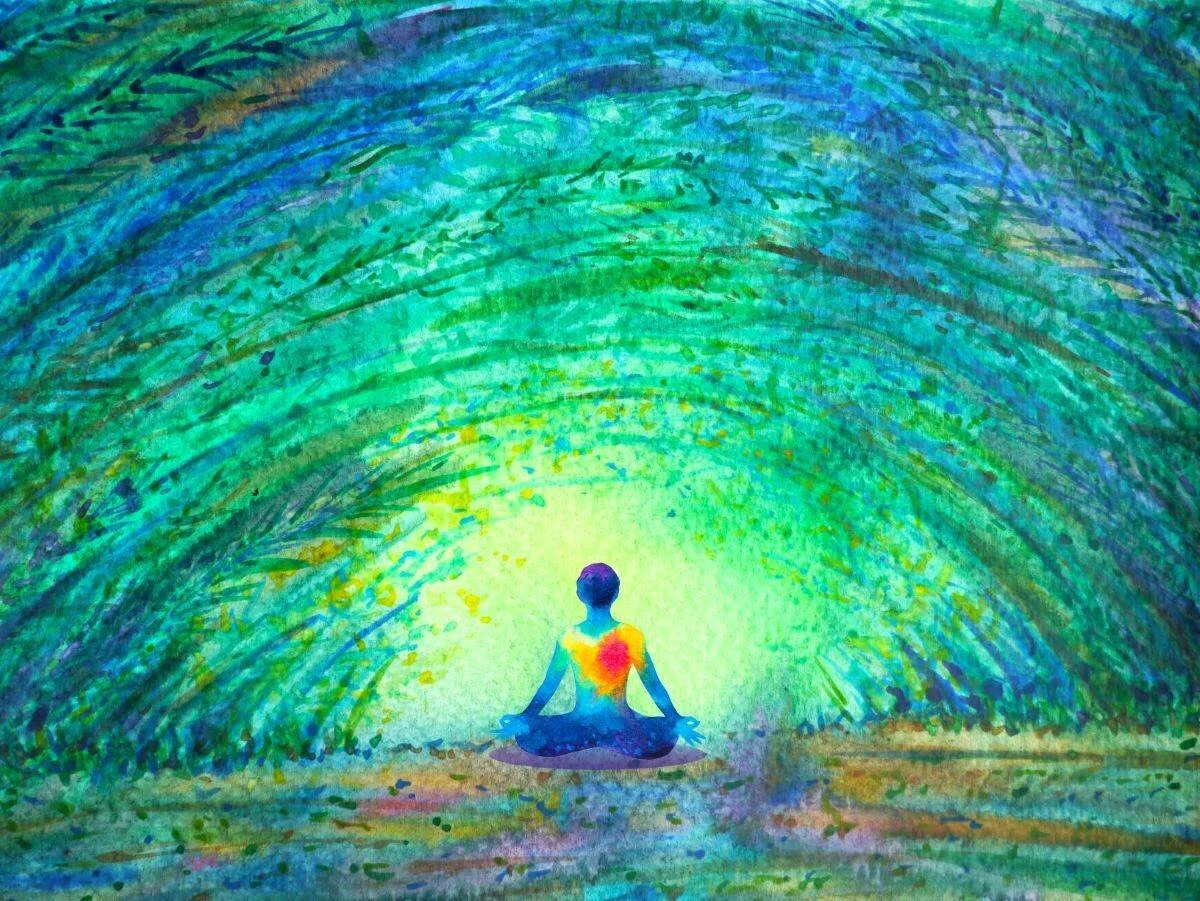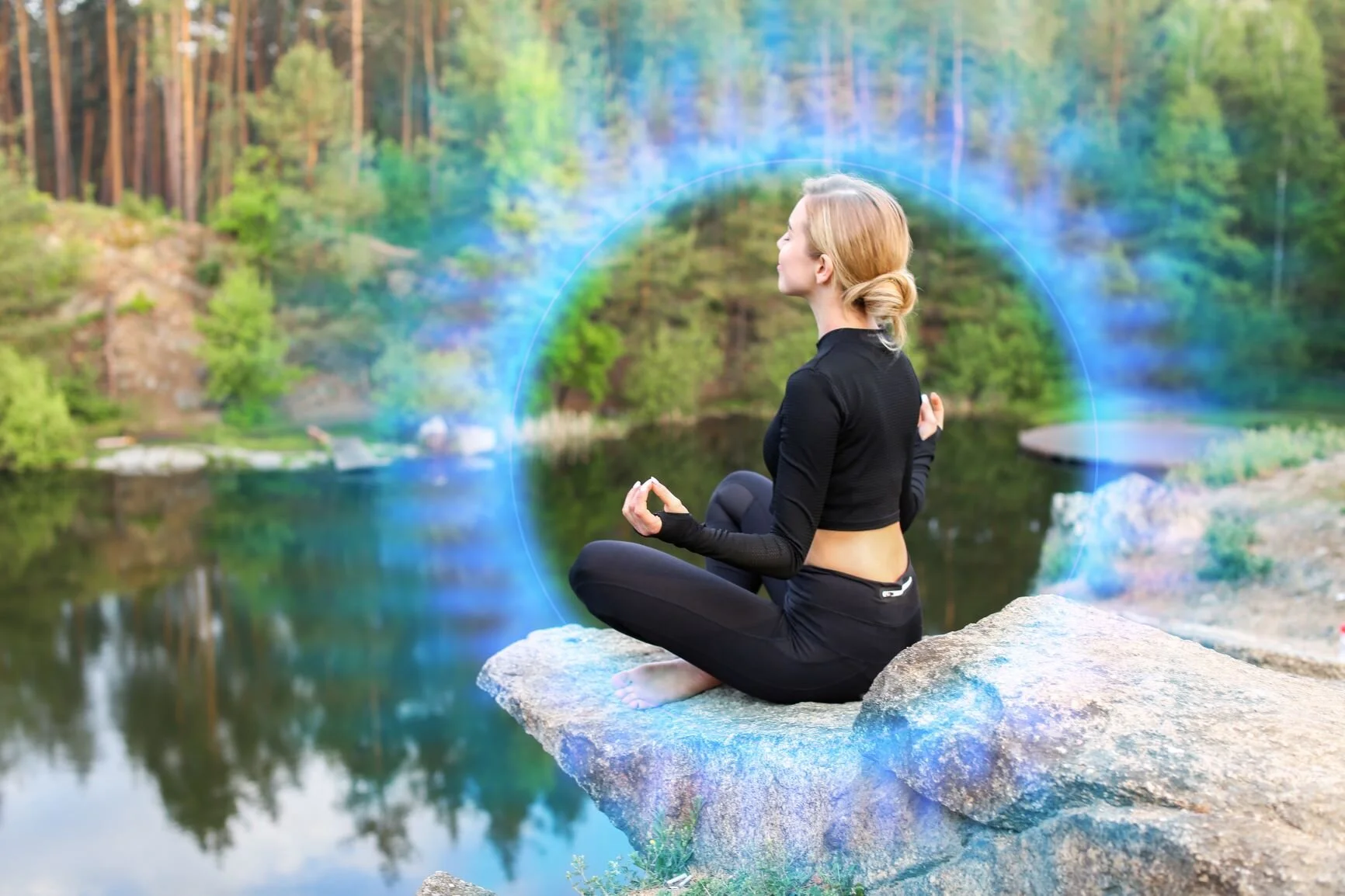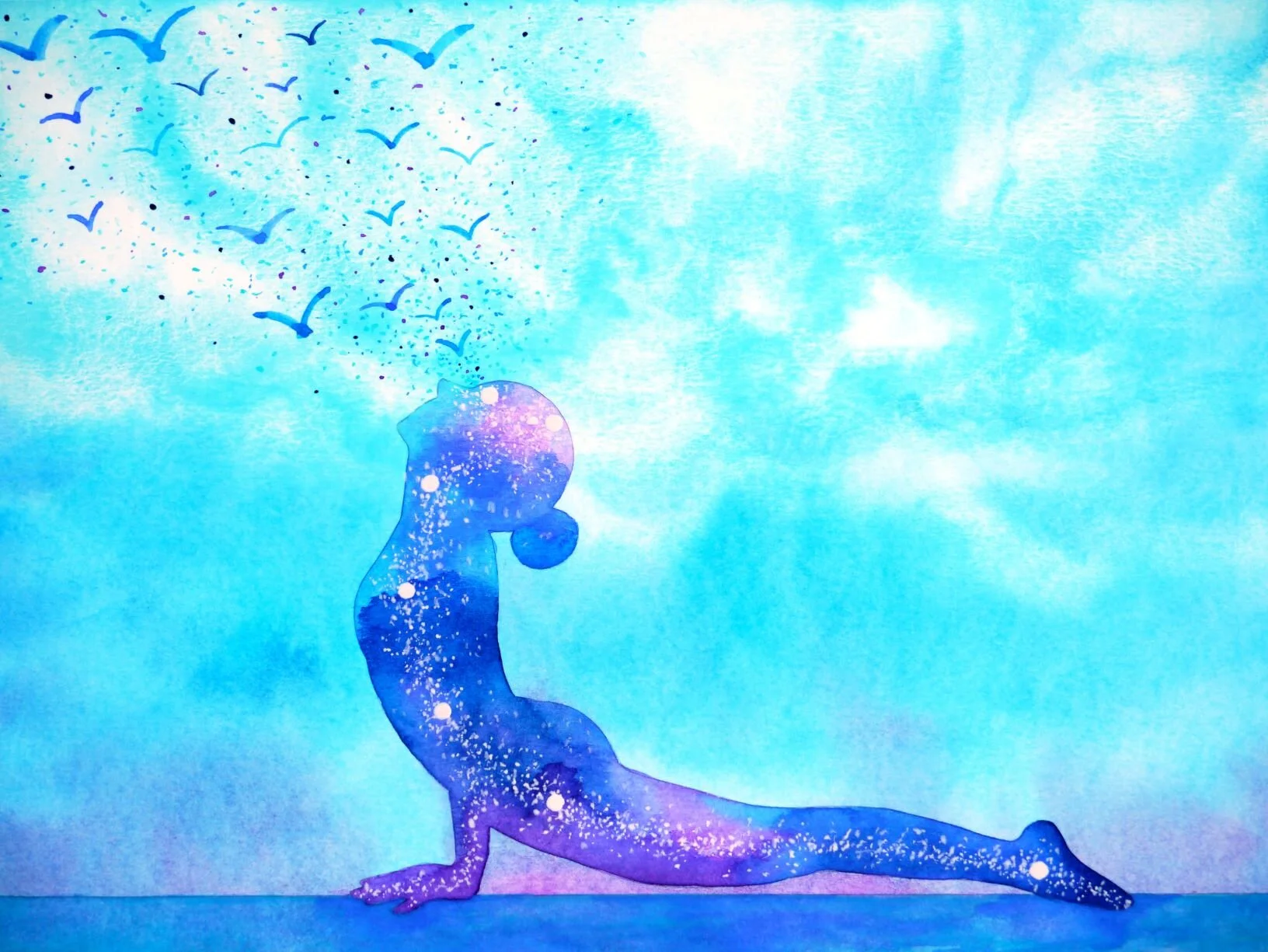Meditation activates our senses and gives the heart time to feel. This can result in a brand-new and fresh feeling. Then contact with the regular world, of people who do not meditate, can feel like pollution. It’s like wearing white clothes, they pick up every bit of lint and dirt and show it.
There are a couple of ways of activating your armor.
1. Spend 5 minutes exiting from meditation. This allows your senses to recalibrate to the world of action. Toward the end of this 5 minutes you can run through you to-do list. Your body will automatically train itself to be properly configured for your day. Sometimes this is all that is needed.
2. Get excited about everywhere you are going to go and everyone you are going to see. This activates your own powers and the fire of your excitement is all the protection you need.
3. Develop a Prayer of Protection for yourself. Use any language that appeals to you.
“I am surrounded and protected by the Light of Christ. May Christ and all the Angels shower everyone I am going to meet today with love and healing energy. I am garbed, as if in silk, with The Armor of Christ, the Lord of Love.”
“I am immersed in the Flame of Love and surrounded by its gentle, purifying, protective flow.”
In Sanskrit the term for armor is kavacha. कवच. Each goddess has her kavacha that you can summon, each god has a different kind of armor.
You can feel the armor sometimes as if you are wearing an invisible coat of chain mail, like a knight in Arthurian times. This is a very tactile and a very real activation of the subtle body. It may feel like “an energy fur” or the sensation of being clothed in light. You may find you can activate your armor in an instant, with a thought.
When I was first beginning armor explorations in 1968, it seemed to take about 20 minutes before I felt the protection was happening. I went to the beach almost every day at dawn and would do Tai Chi-like motions, honoring the Sun and Wind and Ocean and Sand, then gather in all those energy-substances and pack them into the field around my body. It was quietly ecstatic and playful. I was just playing and dancing with the elements. Then I would notice that the feeling of being protected by elemental powers would last until late in the afternoon, when I would refresh it by another meditation session.
When you walk around the world with this kind of armor on, it also serves as advanced warning, a spider sense, a catlike whisker vibration sense that tells you about dangers and creepy people.
At the time in 1968, the Vietnam War was raging. If you blinked, you could get drafted into its death maw. The students around me were rioting and raging against the war and they were right. At the same time, the idealism of the students was being exploited by cunning political operatives who were cynically using people for their own strange agendas.
Everyone was smoking pot and you could not walk from one class to the other without being offered a joint or maybe you want to purchase a baggie of marijuana, magic mushrooms, speed, or some LSD? Sometimes the people offering were working with narcs, setting up campus activists to be arrested later. And the substances themselves, even something as benevolent as marijuana, were smuggled into the country by murdering whole families sailing off the coast of Mexico, and then sailing their boat into its dock in nearby Dana Point or Newport Beach. Weeks after the family was reported missing, the police would find an empty boat there at its spot, with blood splatters and traces of drugs all over the cabin.
With my armor on, I could effortlessly walk through all of this, gliding along in enjoyment, listening to my instincts, and learning about what intuition is, because all this was brand new to me. Because I was able to avoid all those traps, I was able to start my own learning center at the University and invite teachers from Esalen to come give workshops every other weekend. Armor helps us to stay clear of the toxic and frees up energy to do what we are really here on Earth to do.
To activate your armor, you may find Tai Chi is helpful, or just borrow some moves. You may find certain chants activate your force field. You may find that SPEED of intuition is all the armor you need – that if you listen to your gut feelings and respond within a moment, that you are protected.
You may find that pausing for a couple of seconds here and there gives you time to “gather your forces” and this is all the protection you need.
You may find that actively inquiring about everything is the protection you need, for example looking at someone and saying “What the HELL are you talking about?” An active dynamic mode keeps your life energy flowing outward to interact with the world, rather than passively accepting it all.
In all these ways, meditation and life are continually challenging us to continually up our game of survival, to learn to be savvy and discerning.















